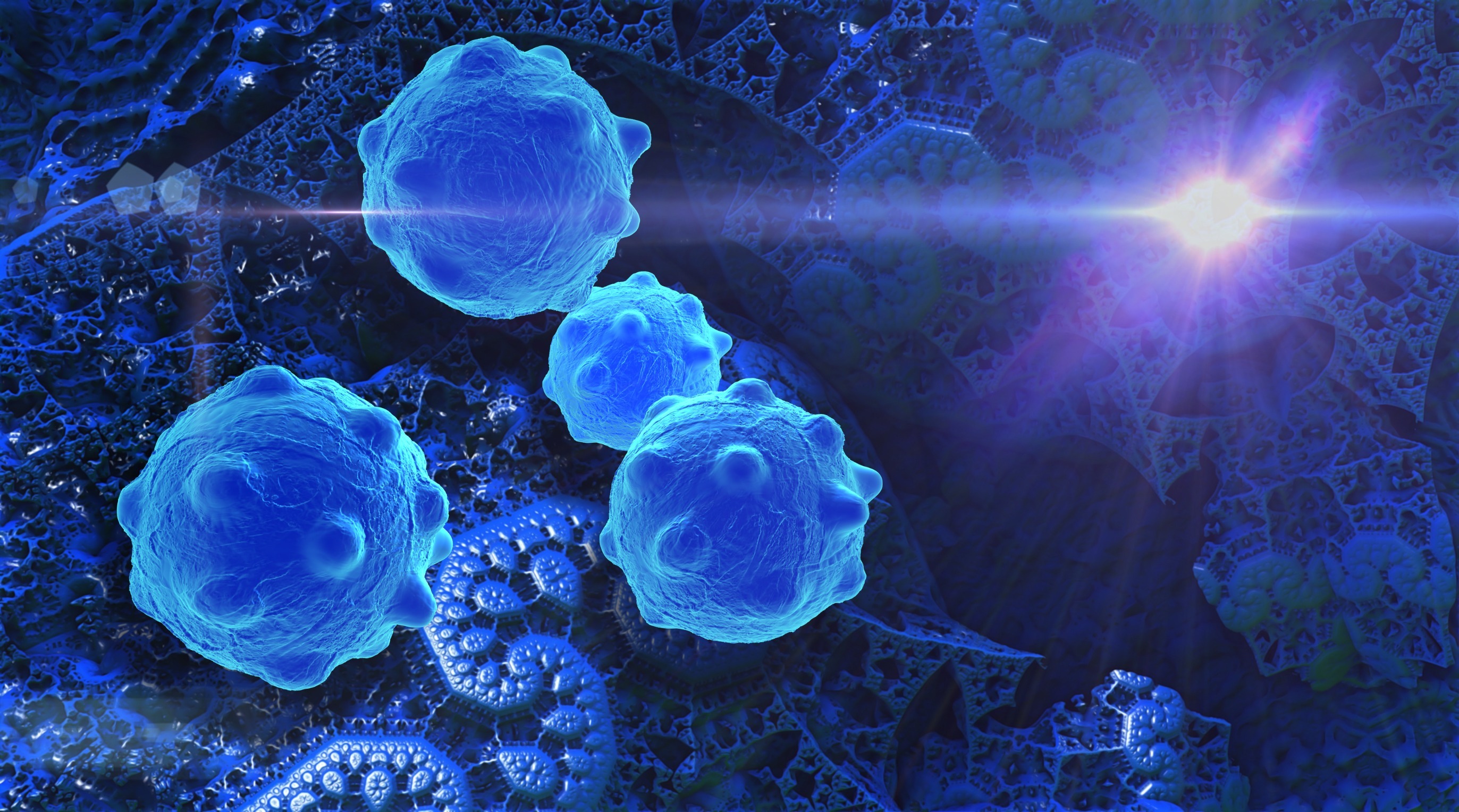Autophagy, from the Greek words meaning “self-eating,” is an essential cellular process involved in the degradation and recycling of damaged or unnecessary cellular components. It plays a fundamental role in maintaining cellular homeostasis, adaptation to stress, and survival during nutrient deprivation. Dysregulation of autophagy has been implicated in various human diseases, including cancer, neurodegenerative disorders, and metabolic diseases. The autophagy pathway involves a series of tightly regulated steps, orchestrated by a set of conserved autophagy-related (ATG) proteins, culminating in the formation of autophagosomes, the engulfment of cargo, and its degradation in lysosomes.
Initiation
The autophagy process begins with the initiation of autophagosome formation, which is regulated by several signaling pathways, including the mechanistic target of rapamycin complex 1 (mTORC1) and the AMP-activated protein kinase (AMPK) pathways. Under nutrient-rich conditions, mTORC1 is active and inhibits autophagy by phosphorylating and inactivating key autophagy initiation factors, such as ULK1 (unc-51-like kinase 1) complex. Conversely, during nutrient deprivation or cellular stress, mTORC1 activity is suppressed, leading to the activation of ULK1 complex and initiation of autophagy. AMPK, which senses cellular energy status, can also activate autophagy by phosphorylating ULK1 and inhibiting mTORC1.
Nucleation
Following initiation, the ULK1 complex, consisting of ULK1, ATG13, FIP200, and ATG101, translocates to the phagophore assembly site (PAS), a specialized region of the endoplasmic reticulum (ER), where autophagosome formation begins. At the PAS, the ULK1 complex interacts with class III phosphatidylinositol 3-kinase (PI3K) complex, composed of VPS34 (vacuolar protein sorting 34), Beclin-1, VPS15, and ATG14, leading to the nucleation of the phagophore membrane. The PI3K complex generates phosphatidylinositol 3-phosphate (PI3P), which serves as a platform for recruiting downstream autophagy proteins.
Elongation
During the elongation phase, the phagophore expands and engulfs cytoplasmic cargo destined for degradation. This process involves the conjugation of ATG proteins to phosphatidylethanolamine (PE) lipid, which facilitates membrane elongation and closure to form the autophagosome. The key ATG proteins involved in this step include ATG7, an E1-like enzyme, and ATG10, an E2-like enzyme, which conjugate ATG12 to ATG5. The ATG12-ATG5 conjugate then forms a complex with ATG16L1, serving as an E3-like enzyme that promotes the conjugation of LC3 (microtubule-associated protein 1A/1B-light chain 3) to PE lipid. LC3, in its lipidated form (LC3-II), is widely used as a marker for autophagosome formation.
Cargo Selection and Sequestration
During autophagy, various cargo, including damaged organelles, protein aggregates, and intracellular pathogens, are selectively targeted for degradation. Cargo recognition and sequestration are mediated by selective autophagy receptors, such as p62/SQSTM1 (sequestosome 1), NBR1 (neighbor of BRCA1 gene 1), NDP52 (nuclear dot protein 52), and optineurin, which contain LC3-interacting region (LIR) motifs that bind to LC3 on the autophagosome membrane. These receptors recognize specific cargo through various adaptor proteins and ubiquitin-binding domains, facilitating their engulfment into autophagosomes.
Autophagosome Maturation and Fusion with Lysosomes
Once the autophagosome is formed and loaded with cargo, it undergoes maturation through a series of membrane fusion events. The outer membrane of the autophagosome fuses with endosomal and lysosomal membranes, forming an autolysosome, a hybrid organelle containing the autophagosome cargo and lysosomal hydrolases. This fusion process is mediated by tethering factors, SNARE proteins, and small GTPases, including Rab7 and LAMPs (lysosome-associated membrane proteins). Within the autolysosome, the cargo is degraded by lysosomal acid hydrolases, and the resulting breakdown products, including amino acids, nucleotides, and fatty acids, are recycled back to the cytoplasm for cellular metabolism and energy production.
Termination and Recycling
After cargo degradation is complete, the autolysosome undergoes reformation, and its contents are released back into the cytoplasm for reuse. Autophagy proteins, such as ATG4, ATG7, and ATG3, catalyze the delipidation and recycling of LC3 from the autophagosomal membrane, allowing the disassembly of autophagosomes. The components of the autophagy machinery are then recycled and made available for future rounds of autophagy, ensuring the continuous turnover of cellular components and the maintenance of cellular homeostasis.
Overall, the autophagy pathway is a highly dynamic and tightly regulated process essential for cellular survival, adaptation to stress, and quality control of cellular components. Dysregulation of autophagy has been implicated in various human diseases, highlighting its importance as a therapeutic target for the treatment of cancer, neurodegenerative disorders, and metabolic diseases. Further elucidation of the molecular mechanisms underlying autophagy regulation and its physiological roles is crucial for understanding its implications in health and disease.
Related Posts
- What is Cell Theory?
In the biological sciences, cell theory was first developed in the mid-1800s when it was…
-
Mammalian Cell Expression - Why Is It So Useful in Biotechnology?
Mammalian cell expression refers to the process of introducing and expressing foreign genes or proteins…
-
The Process of Cell Line Development
Cell line development is a process by which the cellular machinery is used to manufacture…


Leave a Reply